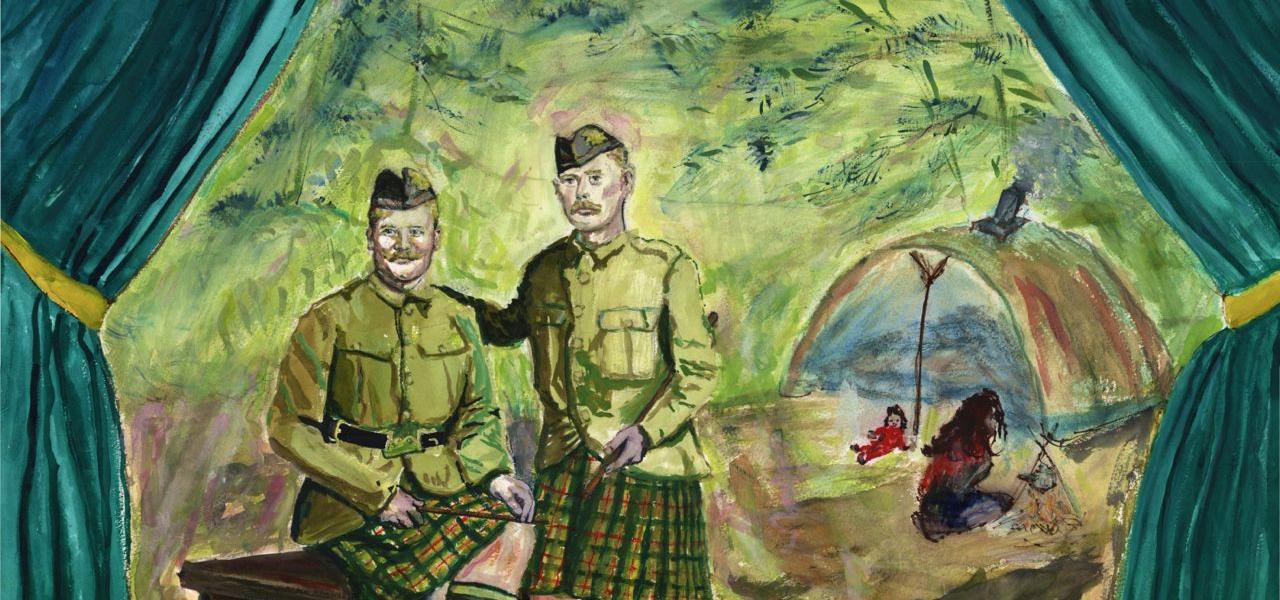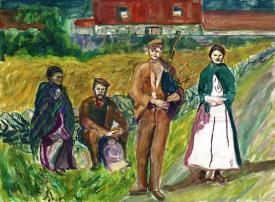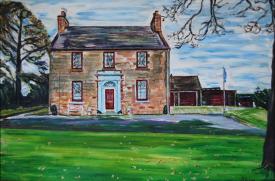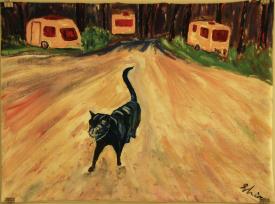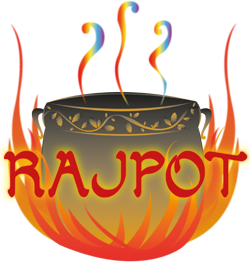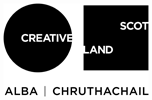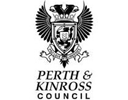Language
Cant is the spoken tongue of Scottish Gypsy Travellers. In some circles, people mistakenly associate it with Gaelic. However, the Gaelic alphabet only comprises 18 letters - there being no j, k, q, v, w, x, y or z - so this omission would make the formation of a vast quantity of vocabulary impossible in Cant.
Stephan Valyi and Heinrich Grellman, German Academics, were aware of the fact that it is possible to trace where a person comes from by studying the language they speak.
The following chart can be used as a guide to illustrate the degree of commonality between Cant and Romanés while dispelling the notion that Cant, except for a few borrowings, is in any way closely allied to Gaelic.
| Cant (C) | Romanés (R) | Gaelic | English |
|---|---|---|---|
| pani | parni/pawni | uisge | water |
| yak | yok | sùil | eye |
| yag | yog | gual/teine | coal (C), fire (R) |
| yarra | yorro | ùgh | egg |
| jann | jinn | a thuigsinn | to understand |
| deek | dick | a shealltainn | to look/see |
| gry | gry | each | horse |
| kain/kher | kenna/ker | taigh | house |
| manushi | monishi | boireannach | woman |
| mang | mong | a bhruidhinn | to speak |
| jukkal | jukkal | cù | dog |
| gani | canni | cearc | hen |
| castie | cost/cosht | slàt | stick |
As with Romanés, Cant has been adapted to the colloquial speech of mainstream culture. A number of Cant words
have found their way into common usage today for example: barrie - fine or big; chav (from chavi) - young man or
kid; gadgie - man or non-Gypsy; kushti -
good; and chore - to steal.
It is from this distinct linguistic tradition that Scottish Gypsy Travellers stepped forward to represent their country during the First World War. The culture shock of army life meant that many Gypsy Travellers may have found it hard to adjust to the dictates of military service. This may have been a factor which led, in isolated cases, to desertion.
